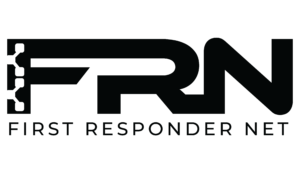KEY TAKEAWAYS
- Critical mobile connectivity solutions are advancing.
- Hybrid-based communication solutions improve deployment and response time.
- Future proof solutions ensure that our agencies buying decisions are sound and upgradable.
- Choosing First Responder Net helps agencies streamline their operations and enhance security.
- COTM Bundle is a solid investment for first responder and public safety agencies.
Customers want more reliable service and unfettered access to their communications. To meet this demand and increase critical connectivity, IP Access now delivers a more efficient and innovative service that helps a wide-range of public safety agencies to meet their time-sensitive communication needs. First Responder Net is enabling access to every possible available network and allowing for resilient comms-on-the-move and comms-on-the-pause.
This page provides you with information to better understand how First Responder Net and specific solutions can help agencies achieve mission-critical connectivity to ensure optimal field operations and fully reliable communication.
Critical mobile connectivity solutions are advancing.
The use of mobile networks is bringing about a transformative change in public safety operations, providing agencies an edge in handling emergency scenarios. By utilizing a unified, secure, and robust network across all relevant operations, locations and activities, public safety personnel and first responders can harness the latest technologies to deliver an unparalleled level of safety and security for citizens.
First Responder Net helps connect to high-performing cellular and satellite networks for mission-critical communications, supporting critical services in both non-remote and remote areas. First Responder Net enables instant, reliable, and stable hybrid- communications for emergency responders today.
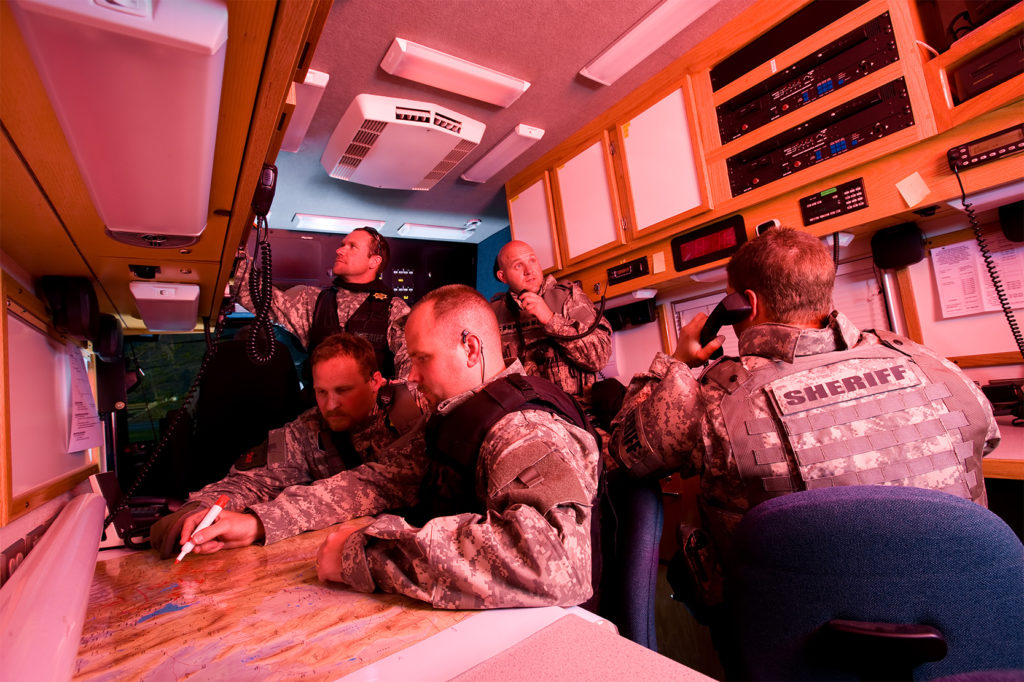
First Responder Net helps connect to high-performing cellular and satellite networks for mission-critical communications.
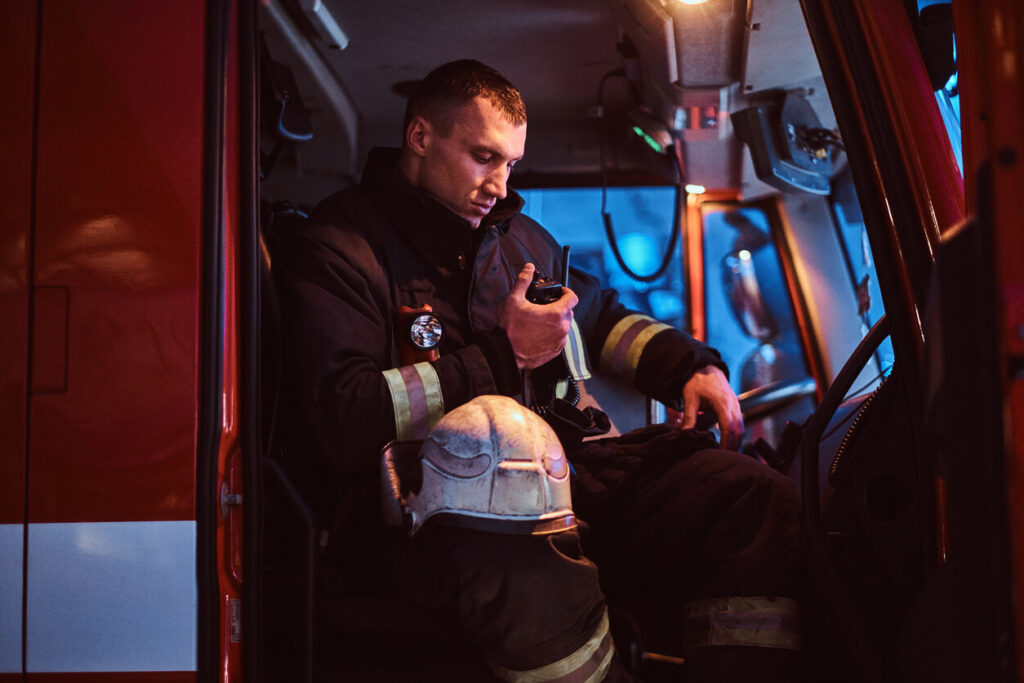
Hybrid-based solutions improve deployment and response time.
Hybrid communications are gaining significant momentum as a key element in the design of future networks, as they provide new functionalities and possibilities for mission-critical operations and applications.
A key factor for successful emergency operations is reliable communication and real-time access to critical information. First Responder Net provides bundled built-in resiliency through satellite and cellular communications.
Society places a heavy emphasis on public safety services and their effectiveness, this in turn makes response teams rely heavily on the use of First Responder Net for secure mission critical communications. The expansion of possibilities in a response team’s operations provided by First Responder Net allows them to act with unparalleled accuracy.
Future proof solutions ensure that our agencies buying decisions are sound and upgradable.
The satellite broadband industry is advancing rapidly and continuously evolving, with new technologies and network capabilities emerging at a fast pace. These advancements have brought about increased mobile accessibility, higher bandwidth, and an array of new products in recent years.
With these advancements in mind, First Responder Net was created to enhance the effectiveness and awareness of responders while also ensuring a municipality’s investments remain relevant in the future.
It is important for public safety and first responder agencies to invest in future-proof solutions for their mission-critical operations because these solutions can help ensure that the agencies have the necessary technology and infrastructure to continue effectively carrying out their missions well into the future. As technology and society evolve, the demands on public safety and first responder agencies may change, and future-proof solutions can help these agencies adapt to these changes.
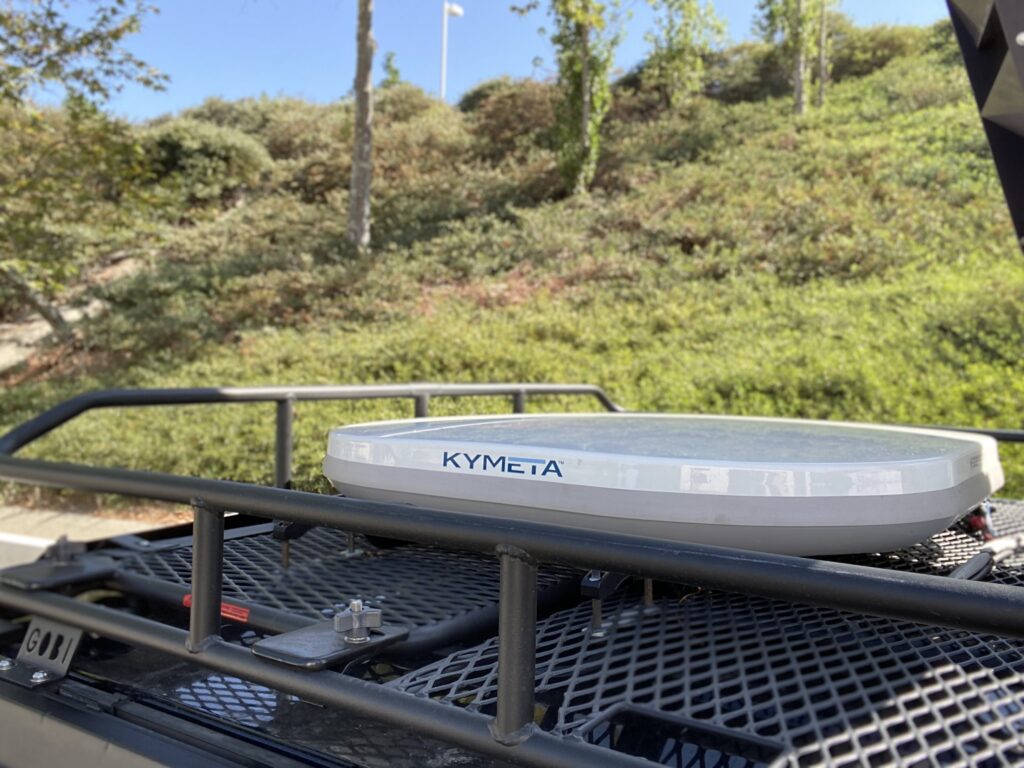
Choosing First Responder Net helps agencies streamline their operations and enhance security thought a single POC.
Simplifying your mission critical communications operations with a single point of contact (POC) and a single IP address can provide several benefits, including improved efficiency, better control, and enhanced security.
Having a single POC for all your mission critical communications needs can simplify operations by allowing you to have one central point of contact to manage all your network services, which can save time and reduce confusion. Instead of having to communicate with multiple people or organizations, you will be connected to our Network Operations Center who is equipped with the knowledge and legacy of supporting public safety professionals for over 20 years.
Using a single IP address for all your mission critical communications services can enhance security by providing a more secure and manageable environment. By using a single IP address, you can have better control over who has access to your network and it can make it easier to detect and respond to any security breaches. This reduces the surface area of attack. A single IP address also makes it easier to monitor and manage the traffic on your network, which can help you improve the performance and reliability of your communications.
The single point of contact & single IP address solutions are also suitable for highly mobile and dynamic operations, it can ensure that you always have a reliable connection to your communications network and that your data is secure. This is especially beneficial in situations where time is critical and security is paramount, such as emergency response operations, military operations, and other similar scenarios where efficient, secure communication is essential.
Some of the main advantages include:
- Improved efficiency: Having a single point of contact for all communication and connectivity needs can streamline processes and reduce the time and resources required to manage and troubleshoot issues. This is especially important in mission critical scenarios where every second counts and downtime can have significant consequences.
- Greater accountability: With a single point of contact, there is a clear chain of responsibility and accountability for ensuring that communication and connectivity needs are met. This makes it easier to identify and resolve issues, and to hold responsible parties accountable for any issues or problems that may arise.
- Better coordination: When multiple stakeholders or parties are involved in a mission critical communications and connectivity project, coordination can be a major challenge. With a single point of contact, everyone is working with the same information, and it’s more likely that everyone will be on the same page.
- Improved security: A single point of contact can help organizations and industries to better protect their communications and connectivity systems from cyber threats. This is especially important for mission critical systems that are critical to the safety and security of an organization or industry.
- Reduced costs: With a single point of contact, organizations and industries can benefit from economies of scale and reduced costs associated with managing multiple vendors and service providers. This allows for more effective allocation of resources and budget for mission critical communication and connectivity projects.
- Better Quality of Service: With a single point of contact, the provider can prioritize and tailor the service to the specific needs of the client, leading to a higher level of service and availability of the service in mission critical scenarios.
First Responder Net and a single point of contact can provide a wide range of advantages for organizations and industries that rely on mission critical communications and connectivity. It helps to improve efficiency, accountability, coordination, security, and cost-effectiveness, which are all important considerations in mission-critical environments.
First Responder Net is reliable, usable, and interoperable.
Comms-On-The-Move Bundle is a solid investment for first responder and public safety agencies.
By using both a Dejero Gateway and a Kymeta u8 Hawk terminal together, an agency can make the most efficient use of its communication budget. The Dejero Gateway provides low-cost cellular connectivity in areas with good coverage, while the Kymeta u8 Hawk terminal provides connectivity in areas where it would be cost-prohibitive to install and maintain terrestrial networks.
By combining the capabilities of both technologies, backed by First Responder Net, organizations can ensure that they have reliable connectivity and can communicate effectively even in the most challenging and remote environments.
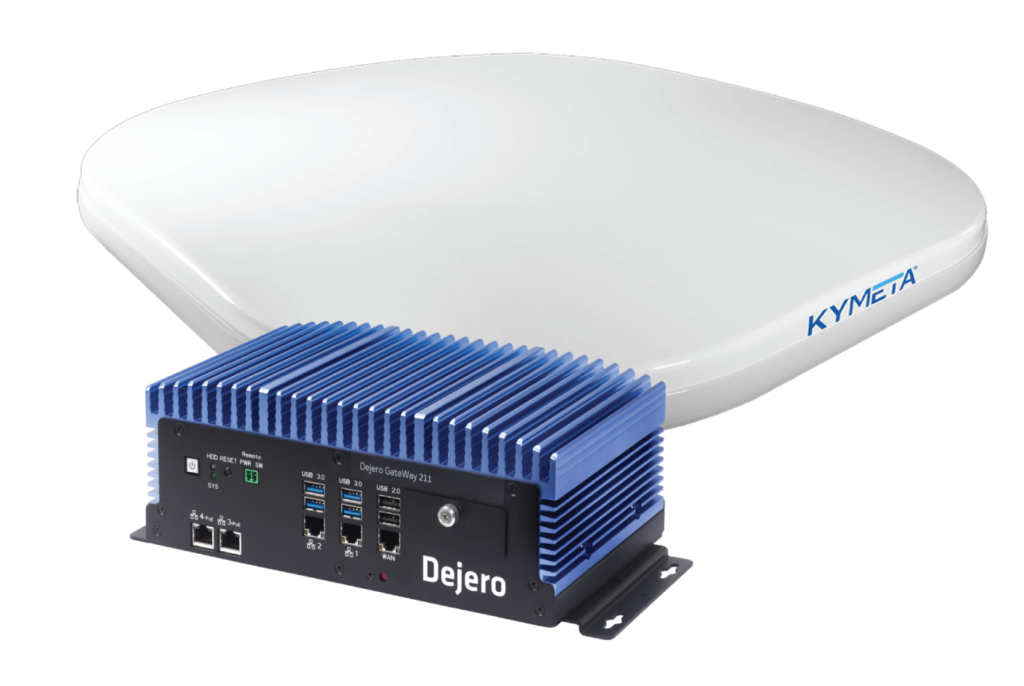
Ensuring Reliable and Resilient Communication
The Benefits of Connecting to Multiple Satellite and All Available Cellular Networks and in Emergency Response and Disaster Recovery Operations
Being connected to all available cellular and satellite networks in emergency response and disaster recovery operations can provide several key advantages.
First, it can help ensure that your agency has reliable and consistent communication during an incident, even if traditional cellular networks become overloaded or otherwise compromised. This is important for coordinating response efforts, sharing critical information, and maintaining situational awareness.
Second, having multiple communication channels available can help improve the resilience of emergency response and disaster recovery operations. If one network goes down, your agency can switch to another, which can help minimize disruptions to their ability to communicate and respond to the incident.
Third, being connected to satellite networks can also improve the geographical coverage in remote areas or areas that have limited terrestrial networks. It allows agencies to communicate and co-ordinate with each other and with the command center, despite not having access to a traditional cellular network.
Lastly, the ability to connect to multiple networks can also help in reducing dependency on a single network, therefore providing an added layer of security and reducing the chances of a single point of failure, a major advantage in high-stress and critical situations.
